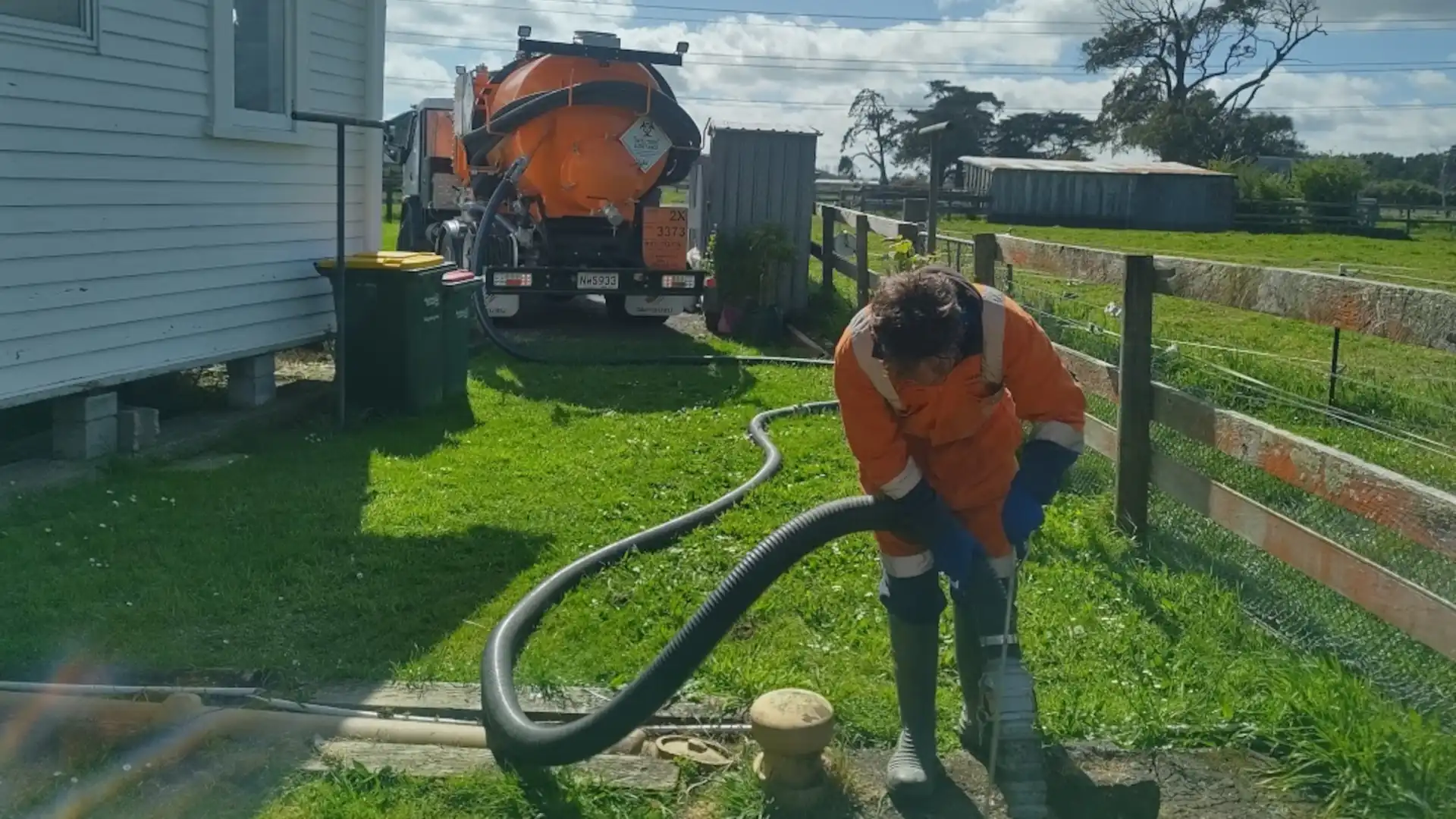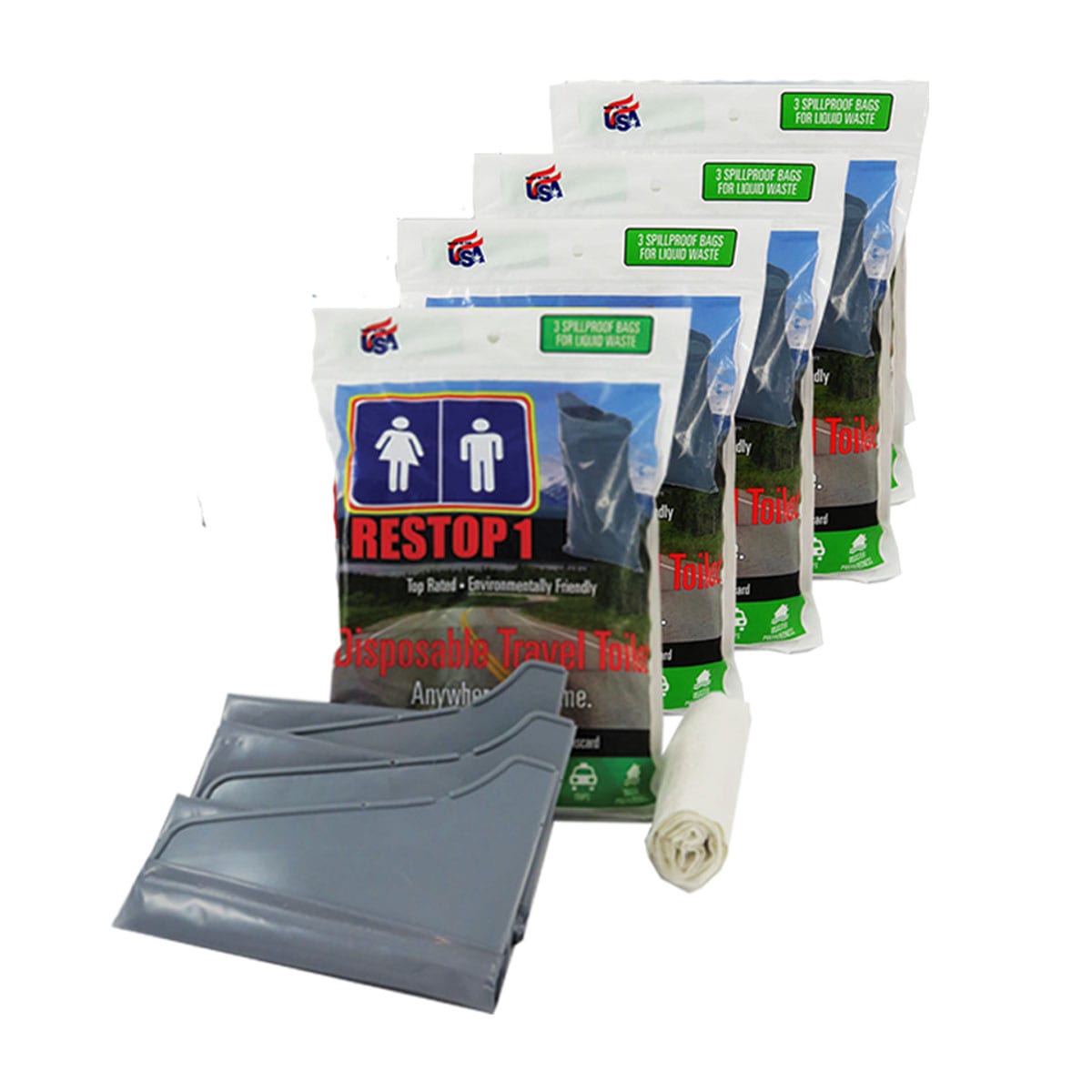Leading Liquid Waste Disposal Melbourne: Trusted Solutions for Correct Waste Monitoring
Leading Liquid Waste Disposal Melbourne: Trusted Solutions for Correct Waste Monitoring
Blog Article
How Liquid Garbage Disposal Functions: A Detailed Introduction of Techniques and Technologies Utilized

Review of Liquid Waste Types
The complexity of liquid waste types necessitates a complete understanding of their characteristics and ramifications for disposal. Fluid waste can extensively be categorized right into several kinds, including industrial, municipal, farming, and dangerous waste. Each category displays distinct buildings, calling for specific monitoring methods to alleviate ecological and health and wellness dangers.
Industrial fluid waste stems from producing processes and typically consists of a range of impurities, such as hefty metals, solvents, and organic substances. Local fluid waste, primarily comprising wastewater from families and business establishments, consists of raw material, nutrients, and pathogens (industrial wastewater treatment). Agricultural liquid waste, including drainage from ranches, may consist of fertilizers, chemicals, and animal waste, posturing threats to water high quality and ecosystems
Harmful liquid waste is identified by its toxicity, sensitivity, or prospective to cause harm. This category consists of materials like acids, bases, and specific chemicals that require strict handling and disposal procedures. Comprehending these diverse fluid waste kinds is important for creating efficient disposal methods and guaranteeing conformity with ecological laws. Proper category and characterization are crucial for carrying out proper treatment methods and decreasing the unfavorable effect on public wellness and the setting.
Physical Therapy Methods

Testing is the preliminary action, where larger bits and particles are removed from the liquid waste making use of displays or grates. This procedure protects downstream equipment from damages and guarantees smoother operation. Following screening, sedimentation makes use of gravitational force to different solids from liquids. In sedimentation containers, larger fragments clear up at the bottom, developing a sludge layer, while the cleared up fluid can be more dealt with.
Filtration is one more important technique that involves passing the fluid through porous products, such as sand or membrane layers, to catch smaller sized particles. This action boosts the quality of the fluid, making it ideal for succeeding treatment procedures.

Chemical Treatment Techniques
Chemical treatment techniques are essential for properly taking care of liquid waste, especially in dealing with liquified and colloidal contaminants that physical approaches might not sufficiently eliminate. These techniques use numerous chemical representatives to reduce the effects of, speed up, or transform dangerous compounds right into much less harmful types.
One common approach is coagulation and flocculation, where chemicals such as alum or ferric chloride are included in advertise the aggregation of put on hold bits. This process enhances sedimentation, enabling much easier elimination of the resulting sludge. Additionally, oxidation processes, using agents like chlorine or ozone, are utilized to damage down complex natural substances and microorganisms, providing the waste much safer for discharge or more treatment.
Neutralization is another crucial technique, which adjusts the pH of acidic or alkaline waste streams to neutral degrees, stopping potential damage to downstream systems and the environment. Additionally, advanced oxidation procedures (AOPs) use combinations of oxidants and ultraviolet light to weaken relentless toxins, attaining a greater level of treatment efficiency.
Biological Therapy Procedures
Biological therapy processes play a vital role in the administration of liquid waste by using microbes to decay natural matter and decrease impurity degrees. These processes can be extensively categorized right into anaerobic and cardio therapies, each utilizing certain microbial neighborhoods to attain efficient waste destruction.
Cardiovascular treatment includes the use of oxygen to facilitate the malfunction of organic products by germs. This procedure is commonly executed in triggered sludge systems, where oygenation containers provide a helpful environment for microbial development, leading to the oxidation of organic toxins. The resultant biomass can be separated from dealt with effluent via sedimentation.
On the Our site other hand, anaerobic therapy takes place in the absence of oxygen, relying upon different bacteria to damage down raw material. This method is specifically useful for high-strength waste, as it generates biogas, a renewable resource resource, while decreasing sludge manufacturing. Technologies such as anaerobic digesters are often utilized in industrial and metropolitan applications.
Both anaerobic and cardiovascular biological therapies not just decrease the environmental effect of liquid waste however also assist in resource healing, making them essential components of sustainable waste management strategies. Their adaptability, effectiveness, and effectiveness sustain their prevalent execution across numerous fields.
Emerging Technologies in Disposal
Cutting-edge strategies to liquid waste disposal are swiftly check my blog advancing, driven by innovations in modern technology and an increasing emphasis on sustainability. Among these emerging innovations, membrane layer bioreactors (MBRs) have actually obtained traction for their capacity to incorporate organic therapy with membrane purification, causing top notch effluent that can be recycled in various applications. MBRs make it possible for smaller impacts and much more efficient operations contrasted to traditional systems.
One more encouraging growth is the usage of anaerobic digestion combined with nutrient healing innovations, which not just deals with fluid waste however likewise produces biogas and recovers valuable nutrients like nitrogen and phosphorus. This twin advantage boosts resource performance and decreases ecological influence.
In addition, advanced oxidation processes (AOPs) are being embraced for the destruction of complex natural toxins. These approaches use effective oxidants and catalysts to break down pollutants at the molecular degree, offering a very reliable option for challenging waste streams.
Additionally, the assimilation of artificial intelligence and equipment understanding in waste administration systems is enhancing operational effectiveness and predictive maintenance, resulting in minimized prices and enhanced ecological compliance. These modern technologies show a substantial change towards even more reliable and lasting fluid garbage disposal techniques.
Verdict
In final thought, reliable liquid waste disposal demands a comprehensive understanding of various methods and technologies. By continually progressing these techniques, it comes to be feasible to deal with the expanding challenges linked with fluid waste, inevitably contributing to environmental protection and source recuperation.
Liquid waste disposal is a vital element try this of ecological administration, calling for a detailed understanding of numerous strategies and technologies customized to different waste types. Fluid waste can generally be classified into a number of kinds, including commercial, local, farming, and dangerous waste. Agricultural liquid waste, consisting of overflow from farms, may include plant foods, chemicals, and pet waste, posturing threats to water top quality and ecological communities.
Numerous physical therapy approaches play an essential duty in handling liquid waste properly - industrial wastewater treatment.In final thought, effective liquid waste disposal necessitates a detailed understanding of various strategies and technologies
Report this page